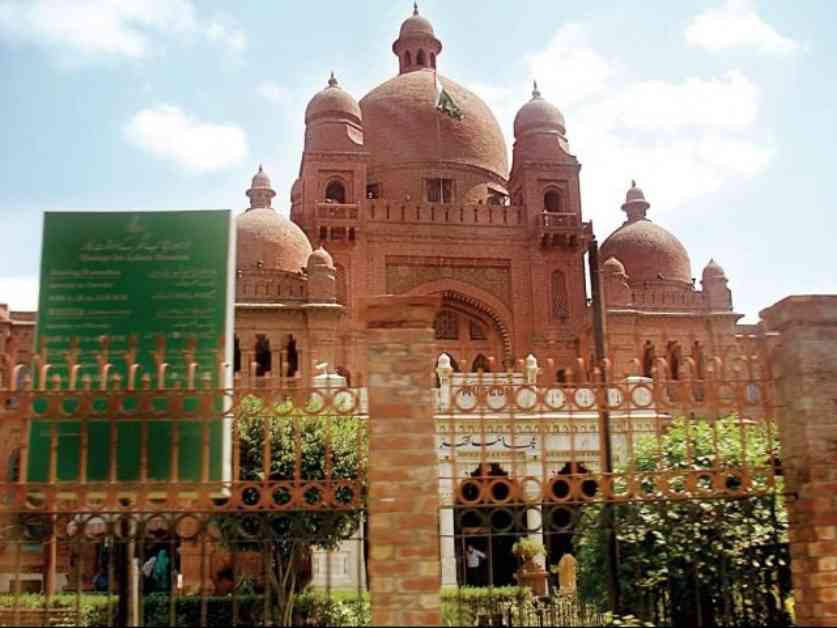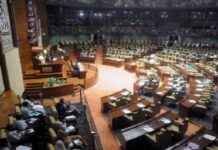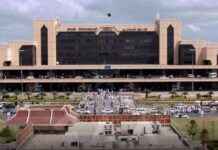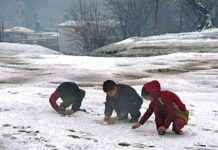LAHORE: The recent rainfall in Lahore has brought a glimmer of hope for the city’s air quality, which has been deteriorating rapidly. According to the Met Office, this much-needed rain is expected to continue for the next 24 hours, offering some relief to the residents.
The rain started early on Sunday and continued sporadically throughout the day in various parts of the city. Met officials attribute this weather phenomenon to a frontal system affecting the northern regions, with similar conditions expected until Monday. Additionally, they anticipate cloudy skies with rain and snowfall in areas like Kashmir, Murree, Gilgit-Baltistan, and upper Khyber-Pakhtunkhwa. Moderate to dense fog is also likely in most plains of Punjab and upper Sindh during the early morning and night hours.
In other cities, rain was reported, while snowfall was observed in Chitral, Kalam, Drosh, and Malam Jabba. Ziarat recorded the lowest temperature at -11°C, while Lahore saw a minimum of 7.3°C and a maximum of 17.5°C on Sunday.
Despite the rain’s positive impact on air quality, Lahore’s average Air Quality Index (AQI) still stands at an unhealthy 169, with PM2.5 levels exceeding WHO guidelines by 16.4 times. The most polluted areas include the US Consulate (573 AQI), Ada Plot, Raiwind Road (394 AQI), and Johar Town (285 AQI).
Moving to Karachi, the Pakistan Meteorological Department has forecast cold and dry weather in most districts of Sindh over the next 24 hours. However, patches of moderate to dense fog are expected in cities like Sukkur, Shaheed Benazirabad, Shikarpur, Kashmore, Khairpur, and Mohenjodaro.
The Department of Environmental Protection has been actively combating smog and air pollution for the past 10 months. They have taken strict actions against environmental law violators, inspecting 11,000 brick kilns in Punjab, issuing 11,153 notices, demolishing 1,191 kilns, and sealing 1,335. Additionally, 484 factories were sealed, fines totaling Rs46 million were imposed, and efforts to reduce fugitive dust included inspections of 4,588 sites, with 688 notices issued and 46 sites sealed.
In conclusion, while the recent rainfall has slightly improved air quality in Lahore, there is still much work to be done to combat pollution effectively and protect public health. The efforts of environmental agencies and the cooperation of citizens are crucial in addressing this pressing issue. Let us all strive for a cleaner and healthier environment for ourselves and future generations.









